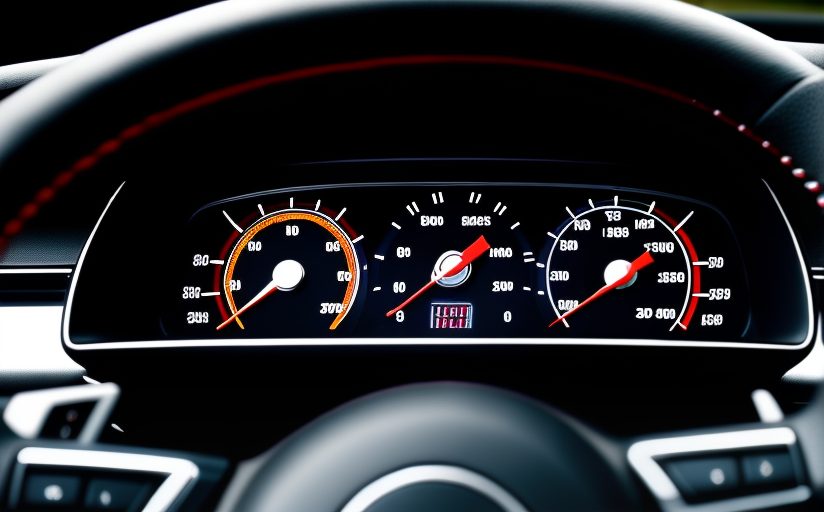In today’s fast-paced digital world, user experience is crucial to the success of any website. One often overlooked aspect of user experience is website loading speed. Studies have shown that users are more likely to abandon a website if it takes too long to load, and one of the main culprits of slow loading times is large, unoptimized images.
Optimizing images before uploading them to a website is imperative for several reasons. Firstly, it significantly improves loading speed, ensuring that your customers can access your content quickly and efficiently. Slow loading times can not only frustrate users but also deter them from engaging with your website, resulting in a loss of potential customers.
Secondly, optimized images reduce bandwidth usage. When an image is not properly optimized, it requires more data to be transferred from the server to the user’s device. This can lead to increased bandwidth usage, particularly on mobile devices where data usage limitations may apply. By optimizing images, you can minimize data usage and provide a smoother browsing experience for your mobile users.
Furthermore, optimized images contribute to better search engine rankings. Search engines, like Google, consider website loading speed as one of the ranking factors. By optimizing your images, you enhance your website’s overall performance, thereby improving its chances of ranking higher in search engine results. This, in turn, increases your visibility to potential customers and drives more organic traffic to your website.
Now, how can you optimize an image before uploading it to a website? Here are a few simple steps you can follow:
1. Choose the correct file format: Selecting the appropriate file format can significantly reduce the image file size without compromising its quality. For photographs and complex images, use JPEG, while for logos or graphics with transparency, opt for PNG.
2. Resize and crop: Before uploading an image, ensure it is sized appropriately for its intended use on the website. Remove any unnecessary elements and crop the image to focus on the essential elements, reducing its file size.
3. Compress the image: Use image compression tools or plugins to reduce the image file size without significant loss of quality. There are various online tools available that can compress your images efficiently.
4. Optimize alt text: Alt text is crucial for accessibility and search engine optimization. Include descriptive alt text that accurately describes the image and its context to improve both user experience and SEO.
By following these steps, you can ensure that your images are optimized for loading speed, enhancing user experience and ultimately driving more engagement on your website.
In conclusion, having optimized images on your website is vital for improving loading speed, enhancing user experience, and boosting search engine rankings. By taking the time to optimize your images before uploading them, you can provide a seamless browsing experience for your customers and maximize the potential of your website. Don’t overlook the importance of optimized images – they can make all the difference in today’s digital landscape.

